Classification Of Transistors And Introduction Of Triodes
A transistor is a semiconductor device used to amplify signals or act as an electrically controlled switch. A transistor is a three terminal device, a small current/voltage at one terminal (or lead) will control a large current between the other two terminals (leads). Transistors are essential components in almost all electronic circuits such as: amplifiers, switches, oscillators, voltage regulators, power supplies and most importantly digital logic ICs.
From the invention of the first transistor to today, transistors have been classified into different types based on their structure or operation. The following tree diagram explains the basic classification of the different transistor types:
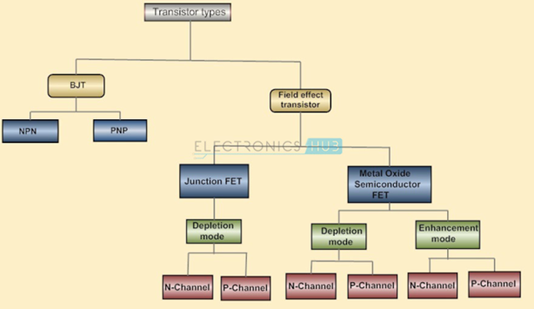
The classification of transistors can be easily understood by observing the tree diagram above. Transistors are basically divided into two types. These are: Bipolar Junction Transistor (BJT) and Field Effect Transistor (FET). BJTs are further divided into NPN and PNP transistors. FET transistors are divided into JFETs and MOSFETs. So here comes the question, what kind of triode are we talking about every day? In short: BJT is a triode.
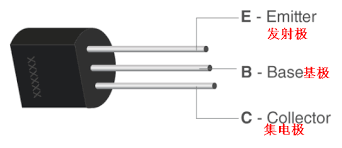
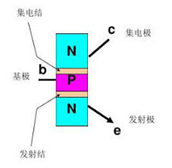
BJT triode is an electronic device composed of three semiconductor materials doped with different materials, including a P-type semiconductor region, an N-type semiconductor region and a P-type or N-type semiconductor region sandwiched in the middle. The regions are called collector, base and emitter, so it is also called a triode. BJT triode has multiple functions such as voltage amplification, current amplification and switching, and is a widely used electronics. Bipolar transistors are current regulating devices that control the amount of current flowing from the emitter to collector terminals in proportion to the amount of bias voltage applied to their base terminals, thus acting like a current controlled switch. Since the small current flowing into the base terminal controls the much larger collector current which forms the basis of the transistor's action.Complicated things should be explained simply:
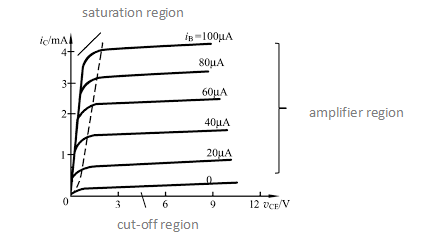
When you learn about triodes in analog electronics, you will start with the entire volt-ampere characteristic curve. Our knowledge system is always based on imagination before experimentation, and we don't even have the opportunity to practice. Cut-off area "The cut-off state of the triode, this should be relatively easy to understand. When the emitter junction of the triode is reverse-biased and the collector junction is reverse-biased, the triode will enter the cut-off state." There are already three words that need to be memorized, and there is another pros and cons. The person who publishes the book is really not too complicated. The most famous way of understanding is to compare the triode to a faucet.
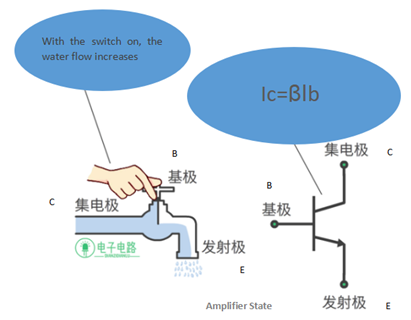
In the cut-off state, there is no conduction between the collector and the emitter, which is equivalent to the disconnection of the switch.![]()
![]()
Ø Amplifier Region
When the emitter junction of the triode is forward-biased and the collector junction is reverse-biased, the triode will enter the amplified state. "I remember that I hated this kind of explanation at the time. I still need to think about what is positive bias and what is reverse bias. Why can't it be described by the positive and negative voltage?" When the voltage between the emitter and base of the triode is positive , and the voltage between the collector and the base is negative, the triode will enter the amplified state". In the amplified state, the triode is equivalent to a controlled faucet, and the size of the water flowing out of the faucet is controlled by the switch (base) , the switch is turned a little bigger, and the water flowing out will be a little bigger. That is, in the enlarged state, the current of the base is a little bigger, and the current of the collector will also be bigger! And there is a certain proportional relationship between ic and ib, ic=βib, β is the DC current amplification factor, indicating the size of the amplification capability of the triode.
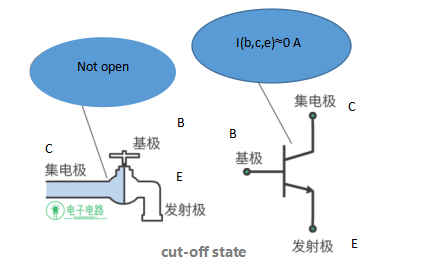
Ø Saturation region
"When the emitter junction of the triode is forward-biased and the collector junction is forward-biased, the triode works in a saturated state." The voltage between the emitter and the base is small, while the voltage between the collector and the base is large, making the triode The current has reached the limit value. The concept can be understood more clearly by explaining this process in terms of voltage. In saturation, the voltage between the emitter and base is lower than the voltage between the base and collector. This is because, after the emitter is positively biased, the number of electrons injected into the base increases, causing the base potential to drop; and after the collector is positively biased, the electrons on the collector flow to the base, causing the base potential to rise. Therefore, the voltage between C (collector) and B (base) should be positive. When the voltage between C and B reaches a certain level, the current in the triode will be saturated and cannot continue to increase. This is because, in saturation, the voltage between the collector and base of the triode is almost gone, so the current cannot be increased any further. Therefore, when the emitter junction of the triode is forward biased and the collector junction is forward biased, the triode works in a saturated state. "


